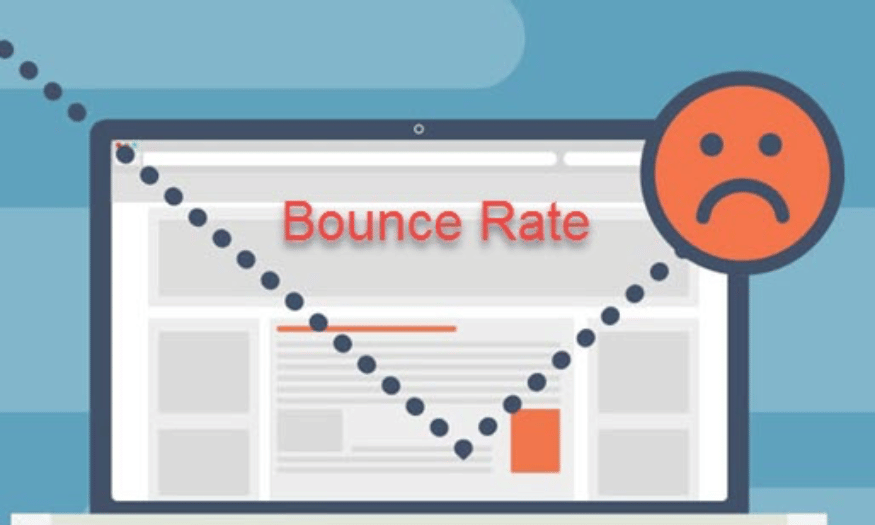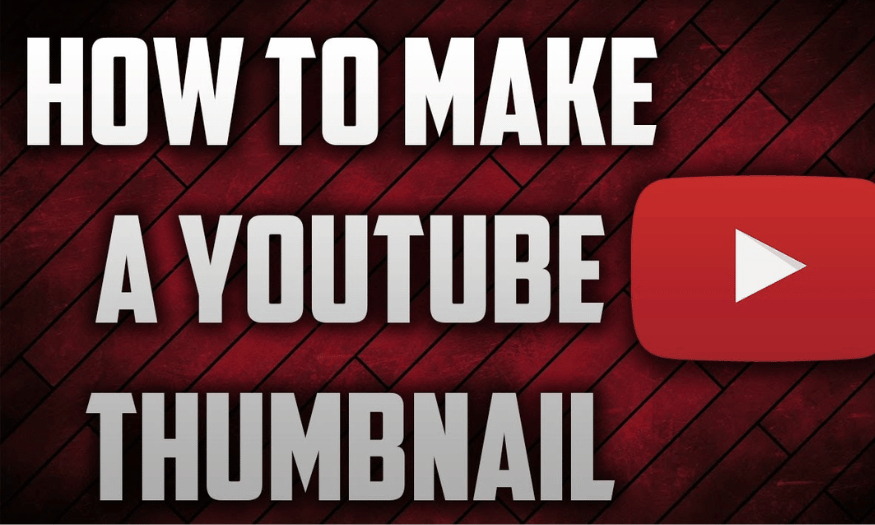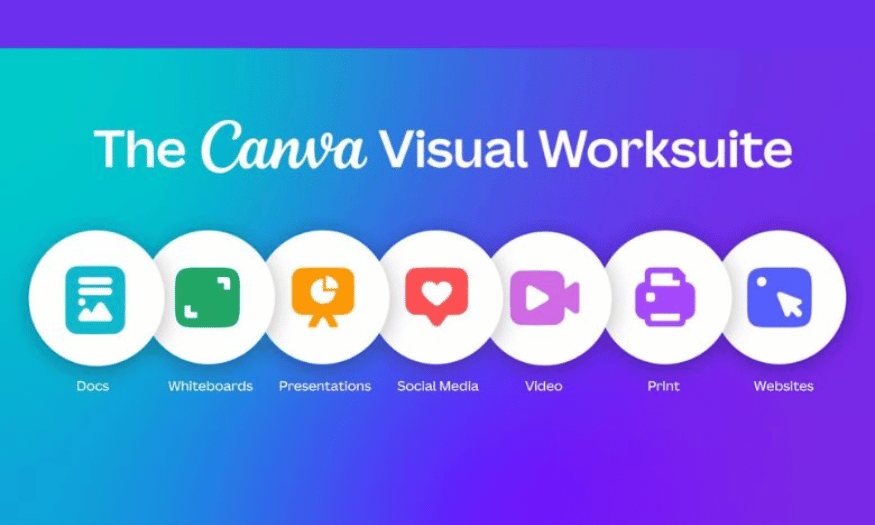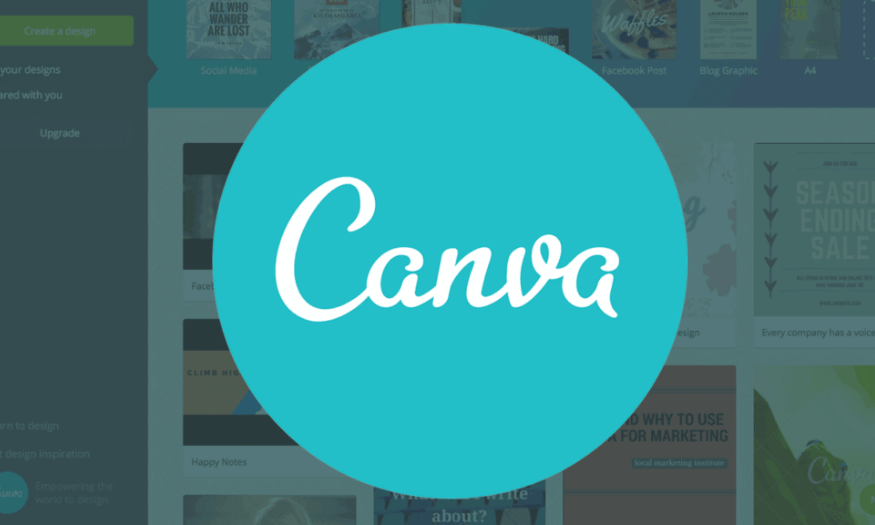Best Selling Products
20 Most Effective Tips to Reduce Bounce Rate
Nội dung
- 1. Pay attention to page load time
- 2. Design a website that is easy to search
- 3. Provide easy navigation
- 4. Focus on the design
- 5. Be mobile-minded
- 6. The website should be as easy to read as possible.
- 7. Write many short paragraphs
- 8. Use a variety of content types
- 9. Use relevant keywords
- 10. Identify your target audience
- 11. Stay away from Popup Windows
- 12. Limit distracting ads
- 13. Add a Call-to-action (CTA) button
- 14. Avoid using broken links
- 15. Focus on internal links
- 16. Make sure the link opens a new tab to reduce bounce rate
- 17. A 404 page can be very useful
- 18. Produce new content regularly
- 19. Level of trust
- 20. Take advantage of Google Analytics and other tools
- 21. Conclusion
Bounce Rate is an important indicator in website analysis, reflecting the percentage of users who leave the website immediately after viewing just one page. A high Bounce Rate can indicate unattractive content, poor user experience, or failure to meet the needs of visitors. This not only affects the performance of the website but can also reduce SEO rankings. Therefore, reducing Bounce Rate is an important goal for any website owner. In this article, Sadesign will introduce you to 20 most effective ways to reduce Bounce Rate.

Bounce Rate is an important indicator in website analysis, reflecting the percentage of users who leave the website immediately after viewing just one page. A high Bounce Rate can indicate unattractive content, poor user experience, or failure to meet the needs of visitors. This not only affects the performance of the website but can also reduce SEO rankings. Therefore, reducing Bounce Rate is an important goal for any website owner. In this article, Sadesign will introduce you to 20 most effective ways to reduce Bounce Rate.
1. Pay attention to page load time
Page load time is a vital element of user experience. No matter how good your content is, if users have to wait too long — even three seconds — their initial excitement will quickly fade. A slow-loading site not only frustrates users, it also reduces the chance of retaining them. Optimizing page load time is especially important on mobile devices, where connection speeds can be inconsistent.
To improve your page load time, you can use performance analysis tools to identify factors that are slowing you down. Compressing images, using caching, and optimizing your source code are all effective ways to improve your page load speed. Remember, a fast website not only keeps users coming back, but also helps improve your SEO rankings, helping you reach more customers.
.png)
2. Design a website that is easy to search
One of the keys to a successful website is the ability to find information. Many websites lack a search function or place it in a location that is difficult to see. This can easily confuse users and make it difficult for them to find the content they are looking for. If they cannot find the information they are looking for immediately, they are more likely to leave the site and look elsewhere.
By integrating a clear and easy-to-use search bar, you can make it easy for users to find content. Making sure the search bar is always present and easy to access will not only help reduce bounce rates but also improve the overall user experience.
3. Provide easy navigation
When users land on a website, it is important to have a clear sense of direction. If they cannot quickly find the content they are looking for, they are more likely to leave the site. A smart interface design, with clear menus and categories, makes it easy for users to navigate and find information.
Use logical headings, lists, and sections to make it easy for users to grasp information. Good navigation not only keeps users engaged, but also creates comfort, making them feel welcome and want to explore further.
.png)
4. Focus on the design
A beautiful and professional web design not only makes a good impression on users but also builds trust. If a website is ugly or difficult to use, users will quickly leave. Quality design does not necessarily have to be complex or fancy, but neatness and aesthetics are essential to creating a good user experience.
Pay attention to colors, fonts, and content layout. A well-designed, intuitive website will make users feel comfortable, so they will tend to stay longer and explore more.
5. Be mobile-minded
Mobile users tend to have less patience than desktop users. So if your website is not optimized for mobile, you could be losing out on a significant amount of customers. Responsive design is essential, allowing your website to automatically adjust its layout and content to fit the screen size.
Make sure every element on your page, from images to text, is easy to access and interact with on a small screen. A good mobile experience will not only keep users engaged, but also create opportunities for them to return in the future.
.png)
6. The website should be as easy to read as possible.
Content is king, but if it isn’t presented clearly, users will easily skip it. Formatting your content properly is crucial to making it easy for users to get to the information they need. Using headings, short paragraphs, and lists will make your content easier to read and more engaging.
Also, pay attention to font size and color to ensure that the content is not only easy to read but also attractive. A website with clear, organized content will keep users on the site longer and effectively reduce bounce rates.
7. Write many short paragraphs
Breaking content into short paragraphs not only makes it easier for readers to access information, but also makes it easier to follow. Especially on mobile devices, where screen space is limited, it is extremely important to present information clearly and concisely. Short paragraphs help users quickly grasp the main idea without having to scroll through long texts.
Furthermore, using subheadings to divide content will help readers easily find the information they are interested in. This not only keeps users on the page longer but also increases engagement, thereby effectively reducing bounce rates.
.png)
8. Use a variety of content types
A website with monotonous content will quickly bore users. By integrating a variety of content types such as images, videos, infographics, and articles, you can create a richer and more engaging experience for readers. In particular, instructional videos can convey information vividly, attract attention, and keep users on the site longer.
High-quality images also play an important role in breaking up text and highlighting key ideas. Not only do they make content more engaging, they also improve the message delivery, effectively reducing bounce rates.
9. Use relevant keywords
Optimizing your content using relevant keywords is an essential part of your SEO strategy. When you use the right keywords, Google will have a better understanding of what your page is about and will be more likely to show your site for relevant searches. This not only increases traffic but also reduces bounce rates, as users will find what they are looking for on the first click.
Make sure keywords are naturally distributed in titles, paragraphs, and descriptions. The closer the content is to the user's search needs, the more likely they are to stay on your site longer.
.png)
10. Identify your target audience
Knowing your target audience will help you create more targeted and engaging content. By understanding the needs, interests, and concerns of a specific group of users, you can produce quality content that addresses those needs. This will not only increase engagement, but also keep users on your site longer.
Tracking user behavior and focusing on a target group can help you optimize the experience and create more valuable content. Users who feel the content is relevant to them are more likely to return and spend more time on your site.
11. Stay away from Popup Windows
Popup ads can be one of the most annoying elements for users. When these ads are intruded upon in the middle of content they are enjoying, the frustration can cause them to leave the page immediately. Instead of using popups, explore other advertising methods that do not interrupt the user experience.
The golden rule is to not let ads get in the way of the content that users want to see. Let them freely browse your site and enjoy the content before you introduce your products or services. This will help create a more positive user experience and effectively reduce bounce rates.
12. Limit distracting ads
Ads are an integral part of online business, but if not managed properly, they can detract from the user experience. Rectangular ads at the top of the page often perform better than large, obtrusive ads. Users will easily ignore irrelevant ads, but if the ads are too large or irrelevant, they will get frustrated and leave the page.
Listen to your visitors’ feedback. If they complain about a particular ad, reconsider its placement and content. Optimizing your ads not only reduces bounce rates, but also creates a more user-friendly online environment.
13. Add a Call-to-action (CTA) button
Call-to-action (CTA) buttons are an important element in guiding users to take the action you want them to take. Placing your CTA button in a prominent location makes it easy for users to spot and click. Bold colors, easy-to-read fonts, and attractive designs make a strong impression, encouraging users to engage more with your content.
Don’t be afraid to experiment with different placements and styles for your CTA button. A good placement and eye-catching design can make a big difference in increasing conversion rates and keeping users on your site longer.
.png)
14. Avoid using broken links
Broken links are not only annoying, they also significantly reduce the user experience. When a link doesn’t work, users can become frustrated and lose confidence in the quality of a website. This can lead to them quickly leaving the site without returning.
To avoid this, regularly check and update the links on your website. Maintaining a quality link network will not only keep users engaged but will also significantly improve your bounce rate.
15. Focus on internal links
Using internal links is an effective strategy to keep users on your site longer. By guiding readers to other parts of your site, you create a positive and easy-to-explore experience. These links not only help users find the information they need, but also increase the time they spend on the page.
Make sure internal links are well-placed and clear. When users find it easy to find the content they’re interested in, they’ll be more likely to stay longer and engage more with your site.
.png)
16. Make sure the link opens a new tab to reduce bounce rate
When you use internal links, make sure they open in a new tab. This allows users to easily explore multiple pages at once without losing sight of the page they’ve already visited. This not only keeps the user experience smooth, but also helps increase the time they spend on your site.
Users will feel more comfortable being able to return to a previous page without having to start all over again. Creating a seamless experience will encourage them to come back and explore more of the content you have to offer.
17. A 404 page can be very useful
A 404 page is more than just an error message; it’s an opportunity to keep users engaged. An effective 404 page clearly communicates that the page they’re looking for doesn’t exist, while also providing links to other relevant pages. This not only helps users find the content they’re looking for, but also reduces bounce rates.
Make your 404 page friendly and engaging. Providing alternative options will help users feel welcome and encourage them to continue exploring your site, rather than leaving immediately.
.png)
18. Produce new content regularly
Regularly updating and producing new content not only makes your site more engaging, but also creates more opportunities for users to return. When you vary your topics and provide fresh information, users will be more interested and want to explore further. Fresh content also improves SEO rankings, making your site more visible to searchers.
Plan a consistent content publishing schedule that includes articles, videos, and infographics. This will not only keep users engaged, but will also create a loyal community that they return to for fresh, useful information.
19. Level of trust
One of the most important factors that users look for when visiting a website is trustworthiness. They often judge the credibility of content based on factors such as source, accuracy, and community feedback. To build trust, you can add positive reviews of your products or services, as well as certifications and security seals to make users feel more secure when visiting.
By demonstrating professionalism and transparency, you not only build trust but also reduce the likelihood of users leaving your site. A trustworthy website makes users feel comfortable and more likely to engage.
20. Take advantage of Google Analytics and other tools
Using analytics tools like Google Analytics is a smart move to track user behavior on your website. This tool allows you to capture important information like time spent on each page, bounce rate, and most popular pages. Based on this, you can adjust your content and marketing strategies to improve the user experience.
Analyzing data not only helps you better understand your target audience, but it also points out areas for improvement. By optimizing your site based on the information you collect, you can reduce bounce rates and keep users on your site longer.
.png)
21. Conclusion
Reducing Bounce Rate not only improves website performance but also creates a better user experience. By implementing these tips, you can attract and retain visitors for longer, thereby increasing the chances of conversion and success for your business. Start implementing today to see the difference!












































